|
SCUBA divers rush to Palau from all over the world with dreams of photographing Sharks, Mantas, Turtles, and stunning reefs teaming with fish. Little attention has thus been paid to some of Palau's remote habitats which are home to some truly bizarre creatures. One of these forgotten miracles is the Giant Fresh Water Eel, locally known as Kitelel. Two species of fresh water eel have been described in Palau's waters. Anguilla bicolor pacifica, commonly known as the Indian Fresh Water eel is the smaller of the two species growing to just over a meter long. The Giant Marbled (mottled) Eel, Anguilla marmorata, can grow to an astonishing 2.2 meters and weigh 20.5 kilograms (45 pounds)! Biologists have described 19 circumglobal species in the family Anguillidae. Collectively known as short fin eels, the Anguillids are in fact true eels of the order Anguilliformes, which includes the more familiar Moray Eels (family Muraenidae). The short finned eels differ noticeably from their marine cousins due to the presence of prominent pectoral fins and a flattened head. The life history of the short finned eels is also radically different from their salt water cousins. The adult Anguillids reside in fresh water where they feed fish, crabs, shrimp, and even frogs. Once they've reached sexual maturity they ultimately migrate to the open ocean where they then spawn in deep water environments. The free floating eggs hatch into Leptocephali larvae which then drift for months until finding their way into estuaries. At this point the little anguillids are known as "Glass Eels." As they continue to mature they'll begin to migrate into fresh water streams at which point they become known as "Elvers." After 8-20 years the Yellow Eels mature into Silver Eels at which point they're ready to migrate back out to sea for sweet spawning. The reproductive cycle of the eels makes them catadromous, which is essentially the opposite life history of the fresh water spawning salmon (anadromous).
In many of the villages in Palau, the Giant Marbled Eels are considered a delicacy and can be consumed skin and all, served with soy sauce, sugar, and oil. In other states and hamlets including Melekeok and Ngerbeched, Kitelel is considered to be a god and should never be harmed. For a handful of visitors interested in going well off the beaten path, the sight of these strange catadromous fish is a once in a lifetime memory. By: Ron Leidich and Malcolm Meltel
0 Comments
Your comment will be posted after it is approved.
Leave a Reply. |
Categories |
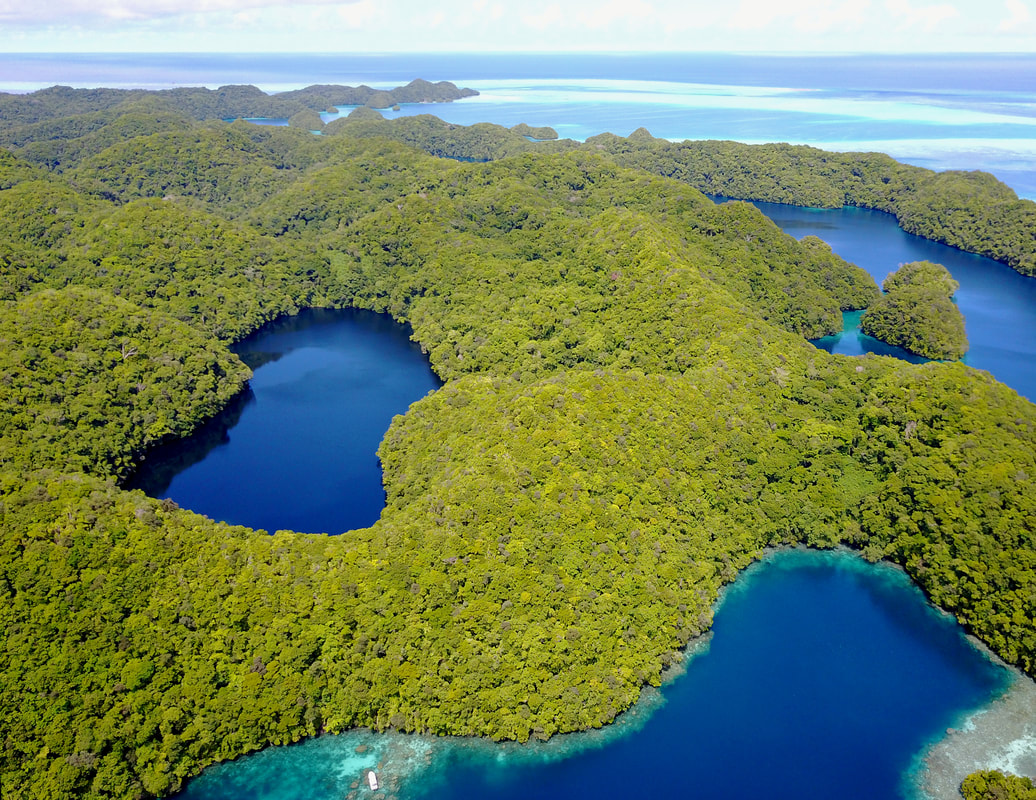
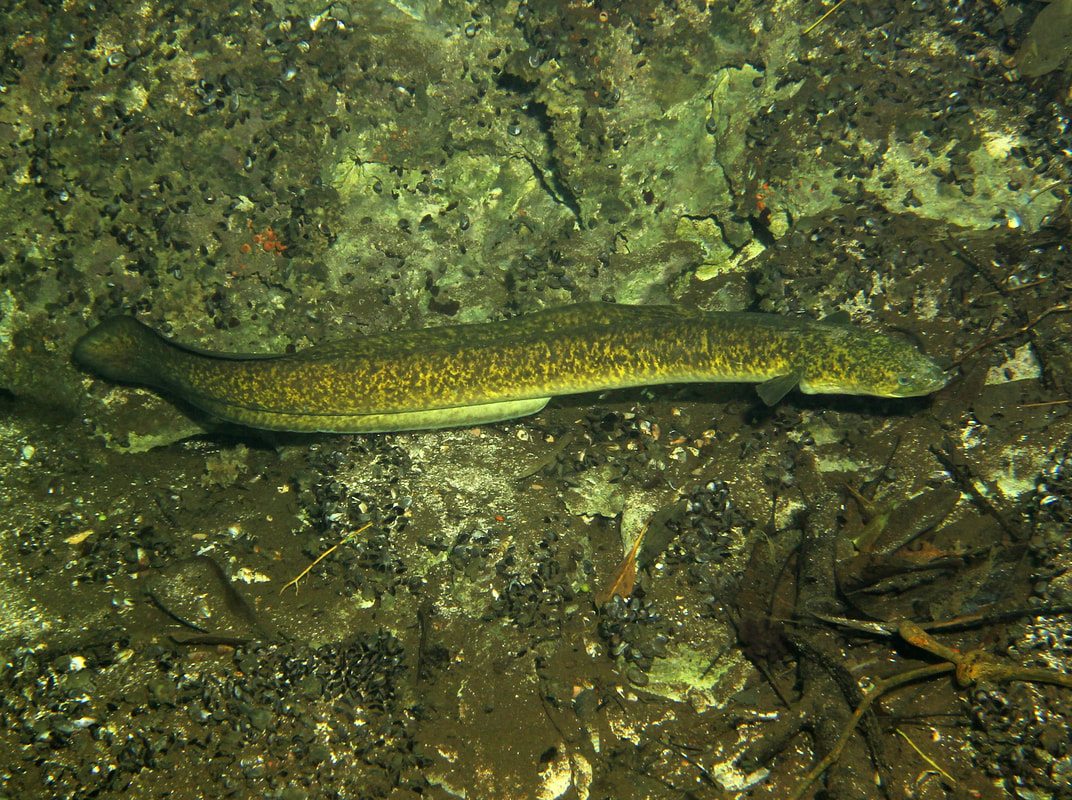
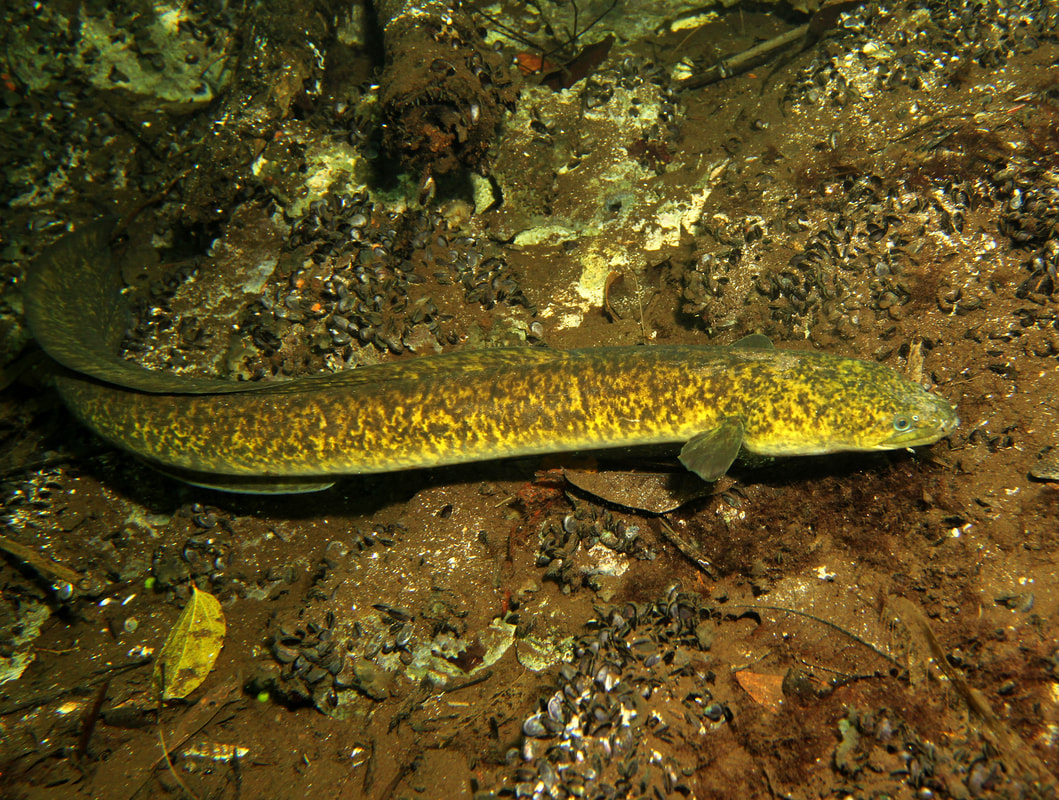
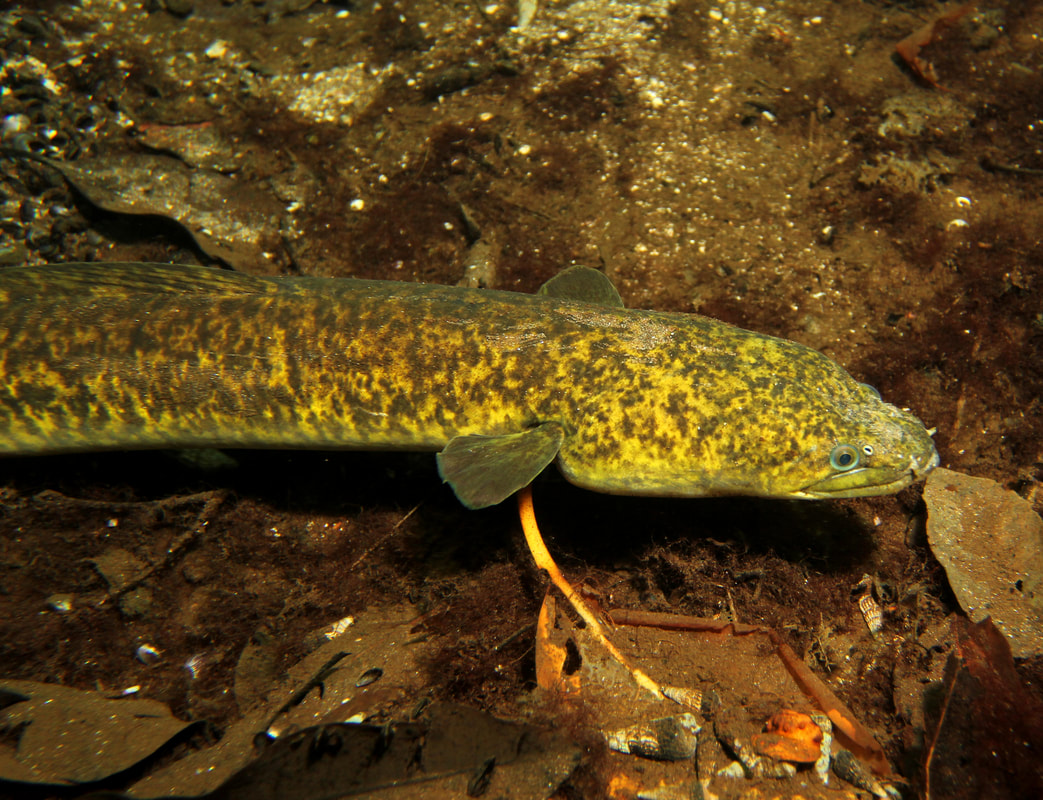
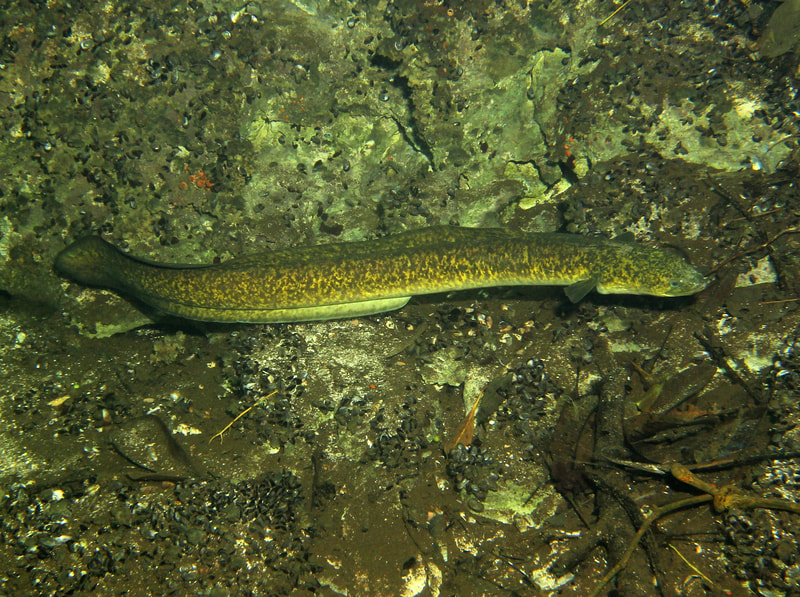
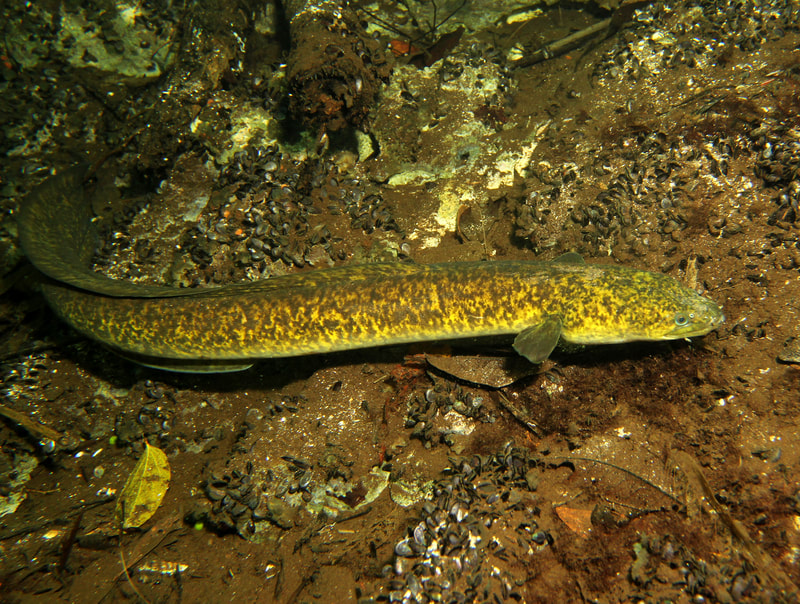
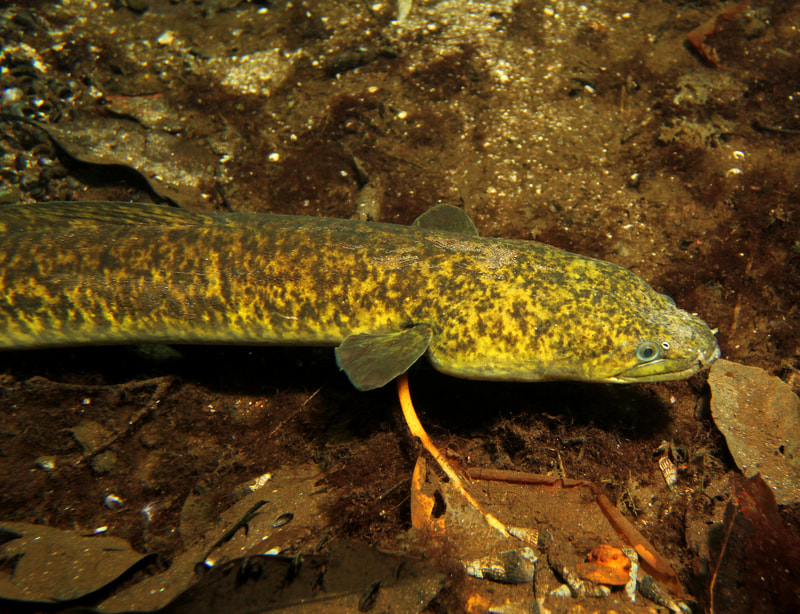
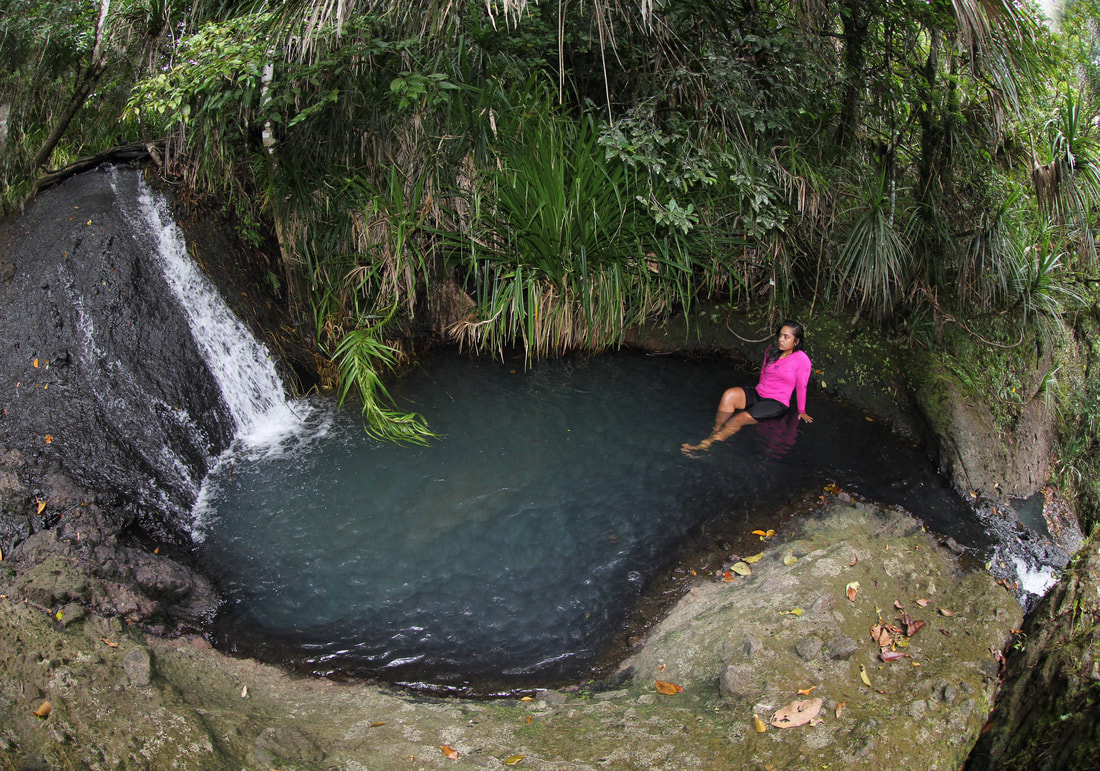
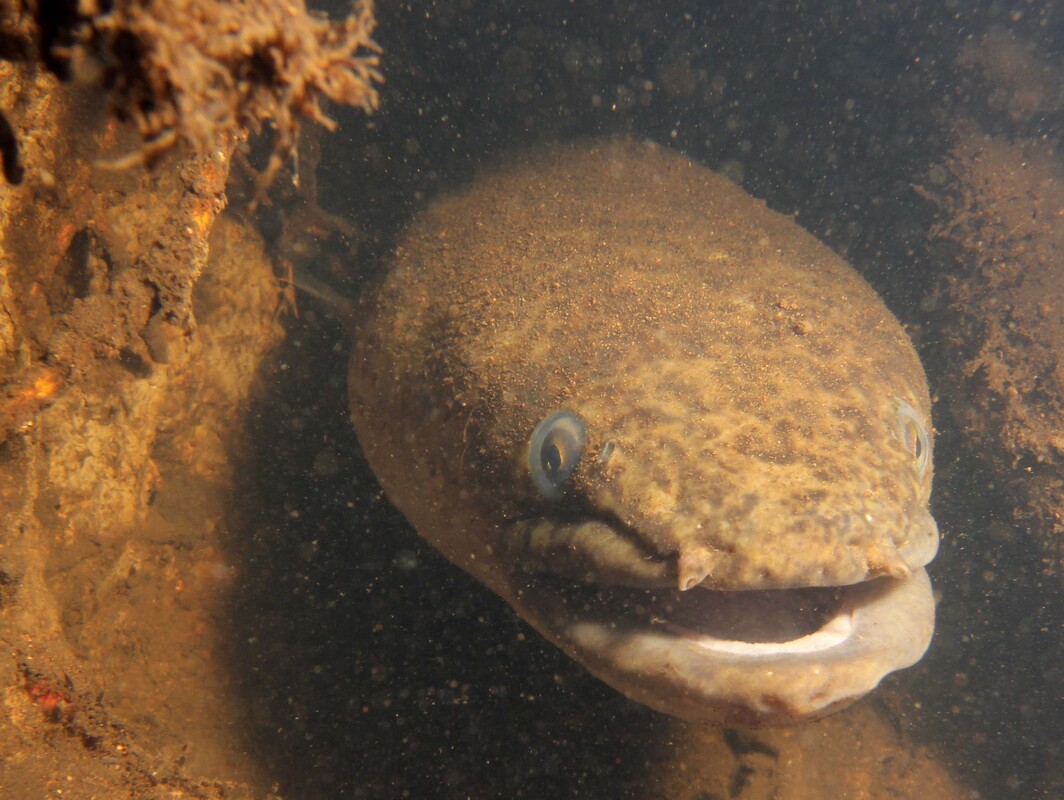
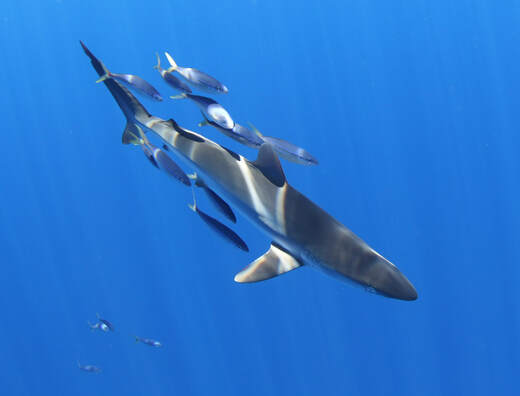
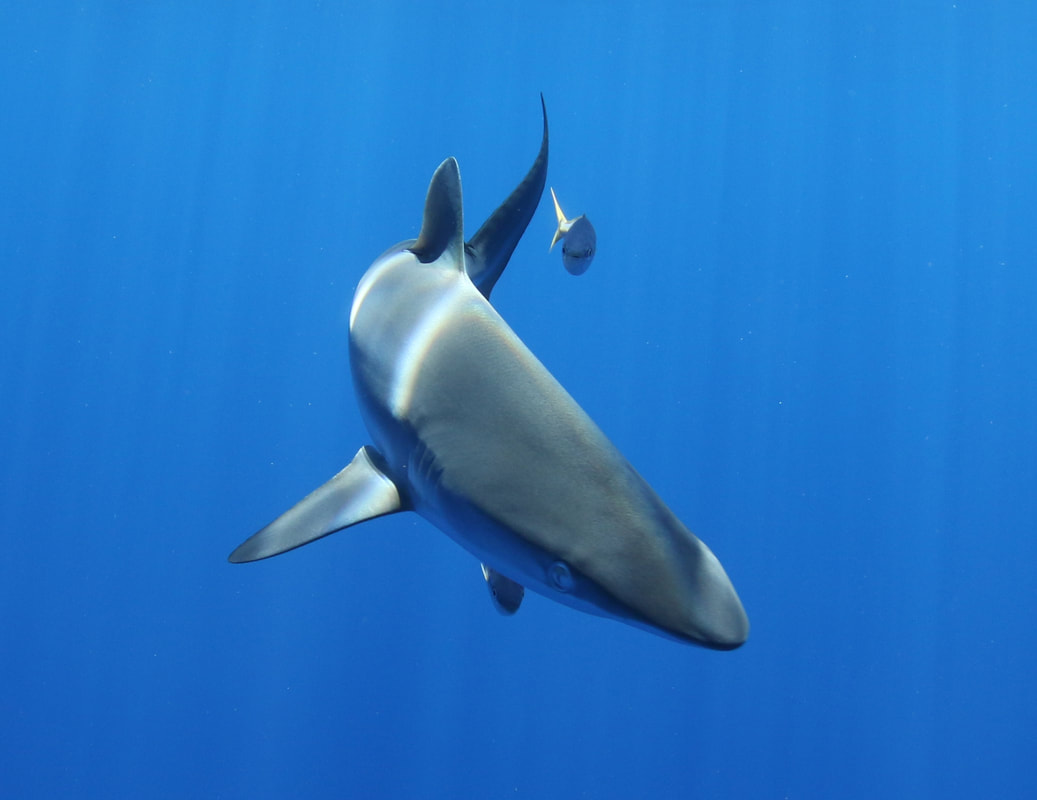
 RSS Feed
RSS Feed